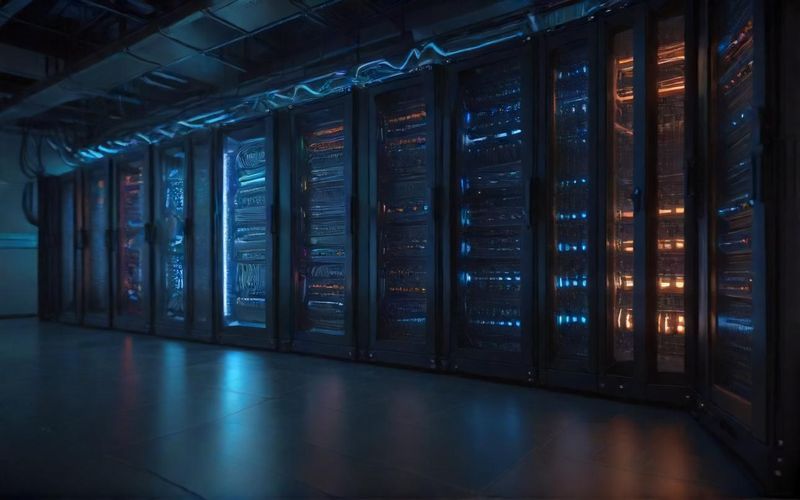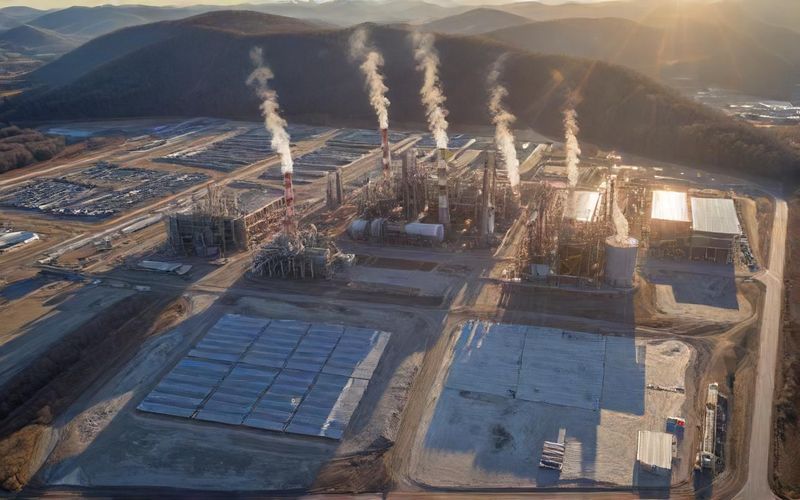OpenAI AWS Deal Signals AI Power Shift

What’s particularly fascinating is the ripple effect this has on the existing power dynamics. Amazon, while heavily invested in OpenAI's rival Anthropic, is now also a critical infrastructure provider for OpenAI. This dual role highlights the immense, almost commoditized, need for cloud compute in the AI era. It’s no longer about a single champion, but about a multi-faceted ecosystem where even direct competitors must coexist. While Microsoft remains a significant partner, pledging an additional $250 billion in Azure services, the ability for OpenAI to spread its wings suggests a pragmatic approach to securing the vast resources needed for its ambitious goals. The talk of $1.4 trillion in compute commitments from OpenAI, while eliciting concerns about an AI bubble from some corners, also points to a deep-seated belief in the transformative potential of this technology.
We are witnessing the birth of a new infrastructure paradigm. The traditional competitive lines are blurring as the foundational elements of AI—processing power, data storage, and network capacity—become the ultimate currency. OpenAI’s strategy of locking in long-term capacity across multiple hyperscalers like AWS, Oracle, and Google isn't just about cost optimization; it’s a testament to the sheer, unyielding appetite for computational horsepower. Think about it: the ability to provide real-time responses like ChatGPT, or to train entirely new generations of models, requires a scale of computing that is difficult to even visualize. This infrastructure build-out, extending through 2026 and beyond, is the silent engine driving the AI revolution, and it demands constant investment and expansion.
This evolving relationship also brings into sharper focus the future of companies like OpenAI. The substantial capital requirements for AI development have long fueled speculation about an IPO, and OpenAI’s recent corporate restructuring and strategic cloud partnerships certainly lend credence to these discussions. By diversifying its infrastructure dependencies and demonstrating operational maturity, OpenAI is not just building powerful AI; it's building a resilient business capable of meeting the immense demands of a public market. The days of a single provider dictating terms seem to be over, replaced by a more complex web of interdependence.
As we stand on the precipice of even more advanced AI capabilities, the question isn't just about who will build the best models, but who can sustainably provide the immense computing power required. Will this intense competition for compute resources lead to unprecedented innovation, or will the sheer cost of infrastructure create new barriers to entry, concentrating power even further? The $38 billion handshake between OpenAI and AWS is more than just a business transaction; it’s a declaration of intent in a rapidly evolving digital frontier.









